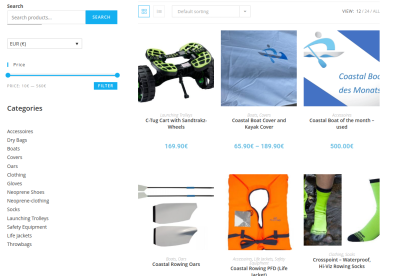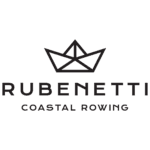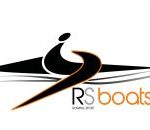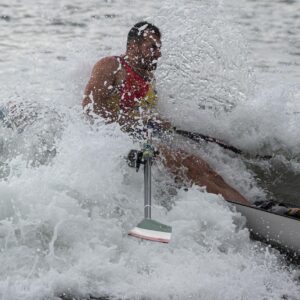I’ve pulled a fascinating article about stress out of the archives and updated it a bit. The original was written by one of our coaches at our partner website Rowperfect. Here we take a closer look at the role stress can have as an injury risk and also talk about the influence of mental factors on recovery.
Factors that increase the risk of accidents in rowing
A gash on the back from an unexpected boating accident or a painful stress fracture of a rib from overuse – accidents are unfortunate incidents that can happen virtually anywhere in rowing. The most common causes of injuries arise from both external and physical factors. We always immediately think of physical causes, such as muscular imbalances, excessive training, or fatigue.
However, almost no one thinks that psychological factors also lead to injuries. These must be understood to prevent injuries effectively. A discussion between coach and athlete is always helpful when psychological issues are the cause.
Sports psychologists Jean Williams and Mark Andersen discuss in their article “A Model of Stress and Athletic: Prediction and Prevention” that the relationship between sports injuries and psychological factors is usually stress-related. A potentially stressful situation in sports, such as competitions, important training sessions, or poor performance, can lead to an injury.
And once the accident and an injury have happened, the head also plays a vital role in recovery, especially in the speed of recovery.
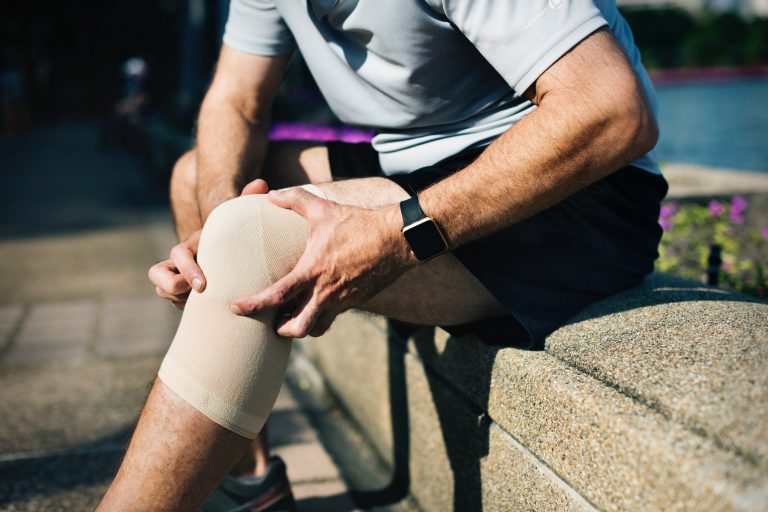
Everyone feels stress, injuries, and also the risk of injury differently
It depends on the athletes themselves and how severe they perceive their injury to be. Circumstances that are perceived as threatening increase feelings of anxiety. Personality, history of stressors, and coping skills also influence the stress process and recovery speed.
Rowers who acquire psychological tools or have a coach who can empathically lead a conversation are at a distinct advantage. Tools here are breathing techniques, visualizations, and relaxation techniques. Current evidence suggests that athletes who experience more stress daily also have more injuries. Coaches need to ask their rowers about changing circumstances or stress in their lives so that they can better monitor, adjust, and provide support to their training programs.
Stress as an injury risk – Stress-related injuries.
Two main reasons/theories explain the role of stress as an injury risk.
Stress-related distractions:
By this, we mean stress affects an athlete’s attention span by reducing peripheral attention. A sculler under pressure who may be running late is more likely to miss the approaching Single. He might be more focused and notice the oncoming boat if he didn’t have to hurry so much. The collision would have been avoided.
By the way, increased anxiety, distraction, and irrelevant thoughts can also lead to stress-related accidents.
Here’s an example: If a rower goes for a jog before the race and thinks about how to run the race of the day, she will be distracted. She no longer pays attention to the road and, in a good case scenario, only bends her foot at the curb. All because her attention was not focused on the moment.
Stress increases muscle tension:
Another theory relates to increased muscle tension. High stress is associated with increased muscle tension, which affects coordination and increases the risk of injury.
To illustrate, at the start of a race, a nervous sculler in the bow of a Four may experience more muscle tension than desired while aligning the boat. There may then be uncontrolled flapping at the actual start. This also increases the risk of injury to him and his colleagues. Coaches must be attentive and watch their team closely. So dear coaches: If you see team members with high or increased muscle tension or unusual attention deficits, talk to the rowers and find out the cause.
An athlete knows no pain! (?)
One of the d*mbest phrases in sports, to say the least… Too many injuries occur when the athlete wants to live up to a slogan like “No pain, No gain” or “Go hard or go home.” To be “rewarded” by the coach, an athlete will row even if injured. In doing so, he is taking a risk. Some athletes believe they can train in pain because “more is always better.” Please don’t! This can lead to chronic strain or, in milder cases, tendonitis. Hard training causes discomfort and is challenging, and it should be. However, the coach and athlete must define this discomfort beforehand: Can it result in injury? Or is it the discomfort associated with the increased training volume? Or is it regular muscular pain appearing due to the current training? Please always remember that we automatically adapt our movements to avoid pain. As a result, we may even become accustomed to incorrect movement patterns.
The processing of injuries
If, despite all caution, an injury has occurred, it is essential to maintain a positive attitude here as well. Some people feel worthless with an injury. They fear being kicked off the team if they do not participate in training. Take the fear away from the athlete. Athletes and coaches should talk about this situation. Athletes should be encouraged and have their fear taken away. The two factors together – being injured and being afraid – create further stress. The emotional reactions to injury and anxiety can be stages of denial, anger, despair, turning away, and depression. There are different stages of processing here, which we will take a closer look at:
- Injury-relevant information processing: the injured person obtains information such as pain, the extent of the injury, questions about how it happened, and info about the negative consequences.
- Emotional upheaval and reactive behavior: Once the individual realizes he is hurt, he may become angry, feel exhausted, and experience isolation, disbelief, denial, or self-pity.
- Positive outlook and optimistic coping: Once the person accepts the injury, he is able to manage it more positively, displays a good attitude, and wants to see progress in recovery.
Other psychological reactions that may follow an injury include loss of identity, which affects self-image, and anxiety. Likewise, it can lead to a lack of self-confidence because one cannot row and misses practice time.
What to do when recovery from stress and injury is not going smoothly?
Setbacks are common during recovery. Sharing feelings with others is an essential source of social support, as is talking to experienced athletes who have suffered a similar injury and successfully returned to full performance. In recovery, personal attitude, outlook, stress control, social support, positive self-talk, healing visualizations, goal setting, and beliefs are essential. Athletes who heal quickly are good at goal setting and have positive self-talk and healing visualizations. This supports the importance of psychological techniques in the healing process.
Healing strategies
- Setting goals is an important point and can be, for example, setting a date to return to competitions. Or be about the scheduling of treatments per week and thinking about what the therapist will do.
- Self-talk strategies help athletes stay positive and committed to the treatment program, confident that they will return to the team.
- If you can’t row, use visualization techniques to focus on the details of your rowing stroke and future race plan or improve the injured area’s healing.
- Spend time with your coach, watching your teammates, or helping at practice sessions. While you’re at it, maybe ride along on the powerboat.
Conclusion – Stress can increase the risk of injury and delay recovery.
Psychological factors, such as stress, can increase the risk of injury and delay recovery. It is also essential not to let yourself go after an injury but to actively work on your recovery – physically and mentally. So, get involved with your team at the club and stay in an active environment that inspires you to get back to action as soon as possible.
Original Contribution by:
Marlene Royle, RoyleRow, and Masters Rowing Coach.


